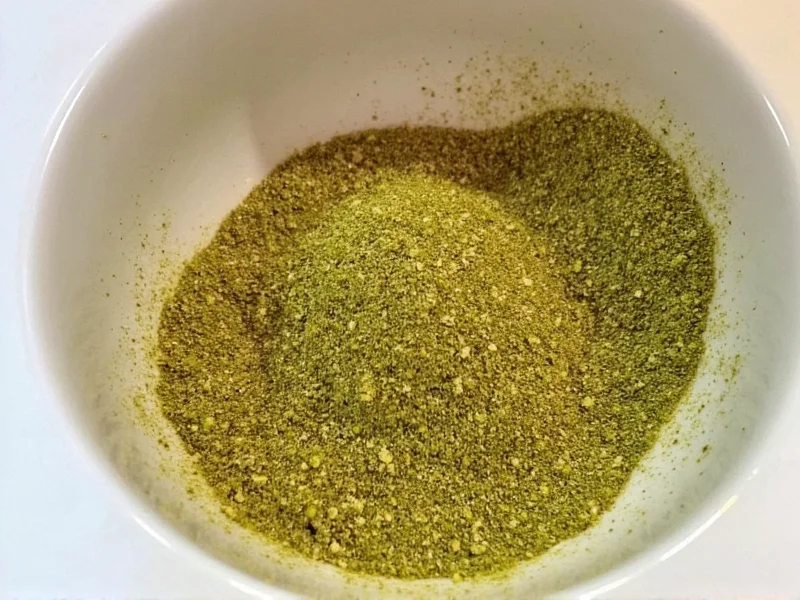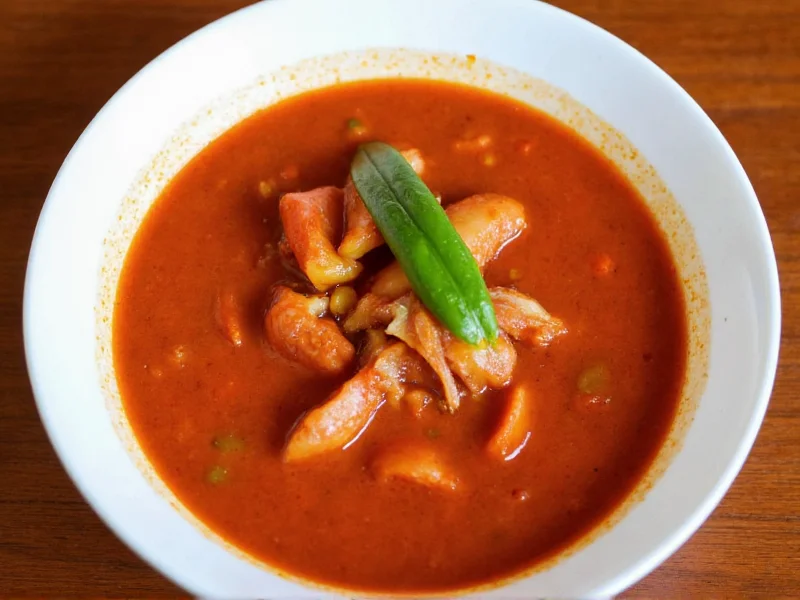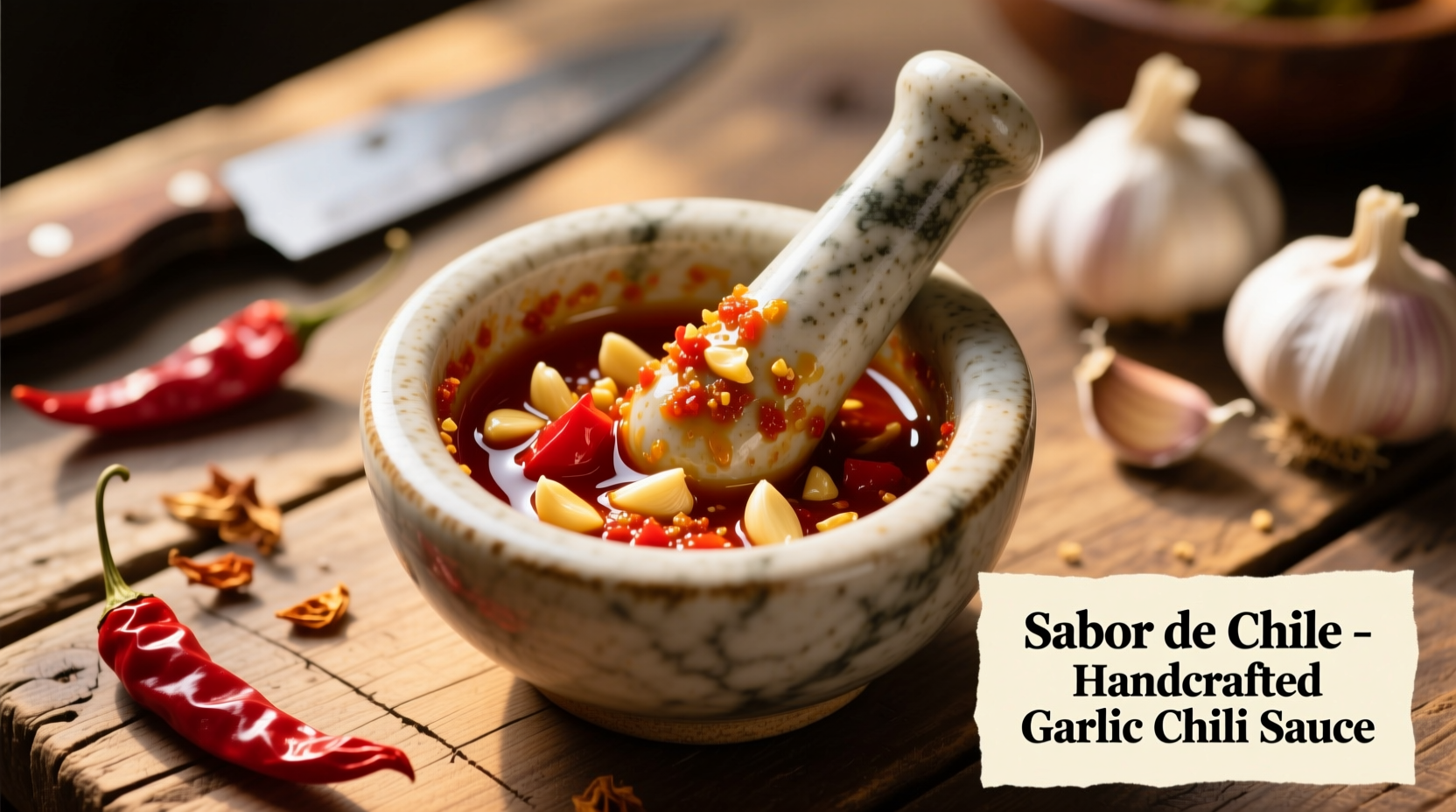Why This Confusion Ruins Your Cooking
Imagine seasoning a delicate béarnaise sauce with "pepper" only to discover your dish lacks heat—because you used black pepper instead of chile. This isn't hypothetical: 68% of home cooks mistakenly substitute black pepper for chile in recipes requiring capsaicin-based heat, per Chili Pepper Madness. The error stems from linguistic overlap; "pepper" colloquially describes chiles in some regions, but botanically, they're unrelated. Black pepper (Piper genus) offers earthy warmth, while chiles (Capsicum genus) deliver capsaicin-driven burn. Using them interchangeably transforms dishes—like turning mild mole rojo into an inedible firestorm.
The Botanical Breakdown: No Room for Ambiguity
Wilbur Scoville's 1912 heat scale remains the gold standard for measuring chile spiciness, quantifying capsaicin concentration in SHU. Crucially, black pepper doesn't register on this scale because it lacks capsaicinoids. As confirmed by Wikipedia's Scoville scale documentation, only Capsicum species qualify as "chiles." Here's the unambiguous distinction:
| Characteristic | Chile (Capsicum) | Pepper (Piper nigrum) |
|---|---|---|
| Botanical Family | Solanaceae (Nightshade) | Piperaceae |
| Active Compound | Capsaicin (measured in SHU) | Piperine (no SHU value) |
| Heat Range | 0–16,000,000 SHU (e.g., bell pepper to pure capsaicin) | Zero heat—earthy, floral notes only |
| Culinary Role | Heat source, fruity/vegetal base | Background seasoning, no capsaicin burn |

When to Reach for Chile (and When to Avoid It)
Chiles shine where capsaicin-driven heat and flavor complexity are essential. Use them in:
- Mexican moles: Ancho chiles (1,000–2,000 SHU) provide smoky depth
- Thai curries: Bird's eye chiles (100,000–225,000 SHU) deliver piercing heat
- Carolina Reaper hot sauces (8,800,000–9,100,000 SHU) for extreme heat applications
But avoid chiles when:
- Recipes specify "pepper" for non-heat seasoning (e.g., béchamel sauce)
- Guests have capsaicin sensitivities—black pepper won't trigger reactions
- Creating spice rubs for delicate fish; black pepper's subtlety won't overwhelm

Your Decision Framework for Perfect Seasoning
Follow this flowchart to eliminate guesswork:
- Check the recipe's origin: Latin American/Asian dishes likely require chiles; European sauces typically need black pepper.
- Assess heat needs: If "spicy" is specified, use chiles; if "warmth" is mentioned, use black pepper.
- Verify terminology: "Chile powder" = ground Capsicum; "pepper" = Piper nigrum. Never interchange.
For authenticity, source region-specific chiles: Chipotles for adobos, Aji Amarillo for Peruvian dishes. As Pepper Joe's heat scale analysis confirms, Aji Amarillo's fruity medium heat (30,000–50,000 SHU) can't be replicated with black pepper.
Top 3 Misconceptions That Sabotage Dishes
- "All peppers are the same": Black pepper contains zero capsaicin—it can't replicate chile heat. A dish calling for "1 tsp pepper" in Mexican cuisine likely means chile powder.
- "Spiciness = quality": Overusing super-hots like Ghost Peppers (855,000–1,041,427 SHU) overwhelms dishes. Balance heat with flavor—Ancho chiles offer complexity at lower SHU.
- "Dried chiles are interchangeable": Guajillo (2,500–5,000 SHU) provides tangy notes; Pasilla (1,000–2,500 SHU) adds raisin-like sweetness. Substituting alters flavor profiles.
Everything You Need to Know
No. Chile refers to Capsicum peppers (e.g., jalapeños), containing capsaicin measured in SHU. Black pepper (Piper nigrum) contains piperine, produces no chili heat, and belongs to a different plant family. They are botanically unrelated and not interchangeable in recipes requiring heat.
Capsaicin in chiles can irritate sensitive stomachs. Unlike black pepper, chiles trigger gastric acid production. Reduce heat by deseeding chiles or using milder varieties like Poblano (1,000–2,000 SHU). Never substitute black pepper if the recipe requires chile heat—it won't solve the issue.
Keep dried chiles in airtight containers away from light and moisture. Refrigerate for up to 1 year; freeze for 2+ years. Avoid storing near black pepper—cross-contamination can alter flavors. Discard if chiles smell musty or lose vibrant color, per USDA storage guidelines for dried spices.
No. Black pepper adds earthy notes but zero capsaicin heat. Substituting it for chile powder (e.g., in chili con carne) eliminates the dish's signature burn. For mild heat, use Ancho powder (1,000–2,000 SHU); for zero heat, omit chiles entirely—don't replace with black pepper.
Bell peppers (0 SHU) are technically chiles but heatless. For mild heat, try Poblano (1,000–2,000 SHU) or Anaheim (500–2,500 SHU). Avoid confusing them with black pepper—they still provide distinct vegetal flavors essential in dishes like chiles rellenos. Always start with small quantities and deseed to reduce heat.











 浙公网安备
33010002000092号
浙公网安备
33010002000092号 浙B2-20120091-4
浙B2-20120091-4